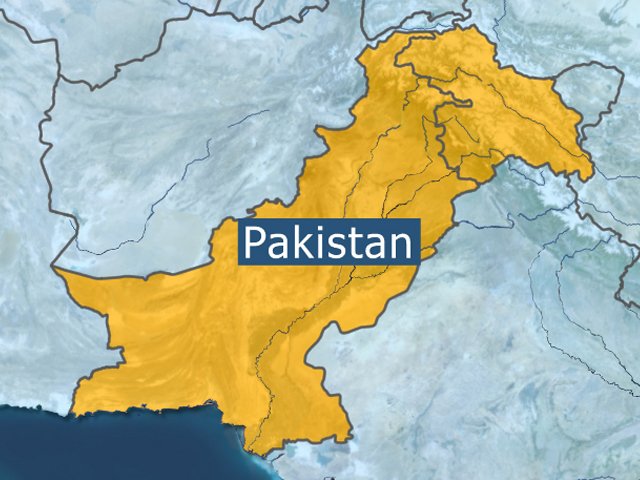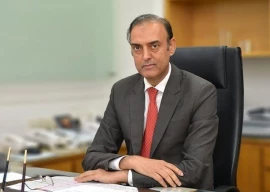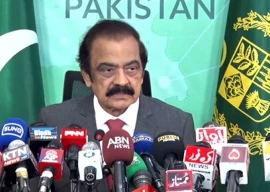
In a politically explosive move, WB’s Lead Economist for African Region Vincent Palmade used the map in his presentation during the official ceremony of a book launch in Islamabad on Tuesday.
Google Maps shows Azad Kashmir as Indian territory in latest gaffe
The book titled ‘South Asia’s Turn: Policies to Boost Competitiveness and Create the Next Export Powerhouse’ was launched during the annual general meeting and conference of the Pakistan Society of Development Economists. Ministry of Planning & Development and Pakistan Institute of Development Economics (Pide) jointly organised the three-day conference.

The WB has defended its decision to use the ‘incorrect’ map. “The WB does not have any official map on Kashmir for India and Pakistan,” said Gabi George Afram, the WB programme leader while responding to a question on excluding G-B and AJK territories.
Planning Commission’s Chief Economist Dr Nadeem Javeid, who chaired the session in which the WB official used the map, said: “After consulting with the Foreign Office, we have issued a disclaimer as the WB official has shown an incomplete and incorrect map of Pakistan.”
Pakistan, he said, would officially lodge a protest with the WB office in Pakistan on this negligence. Dr Javid said the government would make sure that no such map was printed in the book.
It is not for the first time the WB has taken a stance that favours India. It has already refused to finance the Diamer-Bhasha Dam because it is located in a disputed territory.
Experts from Pakistan and different countries have gathered in Islamabad to attend the three-day conference on the theme of China-Pakistan Economic Corridor (CPEC) and regional integration.
PM’s Adviser on Foreign Affairs Sartaj Aziz inaugurated the conference. He said the CPEC would have far-reaching consequences for the entire world.
“China has allowed Pakistan to benefit from the CPEC according to its own priorities and the most important of these priorities is energy. Out of the total CPEC investment, $33 billion is in the energy sector,” he said, stressing upon the fact that most of this outlay is in the form of investment.
International Monetary Fund’s Resident Representative Tokhir Mirzoev told the audience that Pakistan had to attain 15% per annum growth in exports for the next five years to pay off the CPEC-related liabilities.
RAW formed to wipe Pakistan off the map of the world: Khawaja Asif
Comparing CPEC-related investments with loans from the WB, Aziz said it took many years to get a loan of one or two billion dollars. “CPEC loans for infrastructure are on soft terms, at just 2% interest rate and the payback time is 20 to 25 years,” he added.
Highlighting the importance of Gwadar Port – a part of CPEC, the adviser said developing Gwadar was not only important for Pakistan but also for the development and uplift of Balochistan.
Each province, he said, has been asked to build one industrial park and this is where more work and deliberations are needed as the development of industrial parks is important to access larger markets and reap full benefits of CPEC.
Aziz said where the CPEC projects provided many opportunities, making it a success posed many challenges as well since there were many detractors and for this, internal issues needed to be overcome. “Providing security to the project is imperative,” he added.
Published in The Express Tribune, December 14th, 2016.








1730379446-0/WhatsApp-Image-2024-10-31-at-17-56-13-(1)1730379446-0-270x192.webp)








COMMENTS (10)
Comments are moderated and generally will be posted if they are on-topic and not abusive.
For more information, please see our Comments FAQ